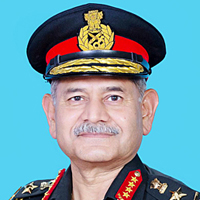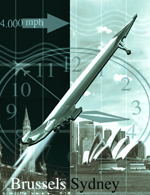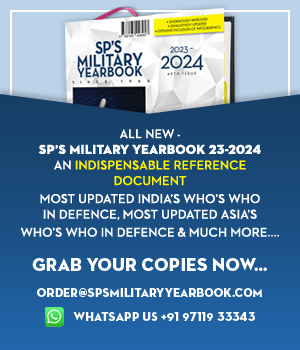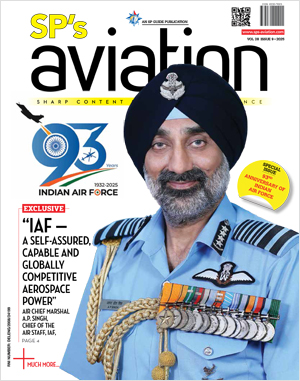INDIAN ARMED FORCES CHIEFS ON OUR RELENTLESS AND FOCUSED PUBLISHING EFFORTS

The insightful articles, inspiring narrations and analytical perspectives presented by the Editorial Team, establish an alluring connect with the reader. My compliments and best wishes to SP Guide Publications.

"Over the past 60 years, the growth of SP Guide Publications has mirrored the rising stature of Indian Navy. Its well-researched and informative magazines on Defence and Aerospace sector have served to shape an educated opinion of our military personnel, policy makers and the public alike. I wish SP's Publication team continued success, fair winds and following seas in all future endeavour!"

Since, its inception in 1964, SP Guide Publications has consistently demonstrated commitment to high-quality journalism in the aerospace and defence sectors, earning a well-deserved reputation as Asia's largest media house in this domain. I wish SP Guide Publications continued success in its pursuit of excellence.
Brussels to Sydney on hypersonic wings

News
A British team has designed a hypersonic passenger aeroplane that could one day fly passengers between Europe and Australia in less than five hours. The A2 aeroplane designed by Oxfordshire-based Reaction Engines would carry 300 passengers at a top speed of almost 4.000 mph. The company claims the aircraft could be operating within 25 years and ticket prices would be comparable with existing business class tickets, currently around $5,000 (Rs 2 lakh). Further, the A2 is capable of sustained travel at Mach 5, or 3,800 mph. Reaction Engines Managing Director Alan Bond said, The A2 is designed to leave Brussels international airport, fly quietly and subsonically out into the North Atlantic at Mach 0.9 before reaching Mach 5.0 across the North Pole and heading over the Pacific to Australia.
Views
Does the Concorde—perhaps the only commercially and profitably exploited supersonic transport (SST) in the world till now—finally have a successor? If statements emanating from Reaction Engines, developers of the Scimitar, are to be believed, it may become a reality not too far in the future.
The Concorde was designed in the 1960s, combining the efforts of British and French aviation companies. With its delta-wing, cigar-shaped fuselage, four under-belly engines with massive air intakes, and a long and narrow nose which drooped during take-offs and landings, the Concorde was indeed a majestic aircraft. The Americans were so envious of the aircraft that initially its operation out of New York was forbidden, annulling the very route (London/Paris-New York and back) for which it was designed. Subsequently, shunned by the US airlines on grounds of environmental and noise pollution concerns, both Washington DC and New York were served by British Airways and Air France from London and Paris, respectively. The aircraft served for more than three decades and, contrary to general belief, profitably before it was retired from service in the wake of an only accident on type in France, the effects of 9/11 terrorist attacks in the US and other political and economic factors.





